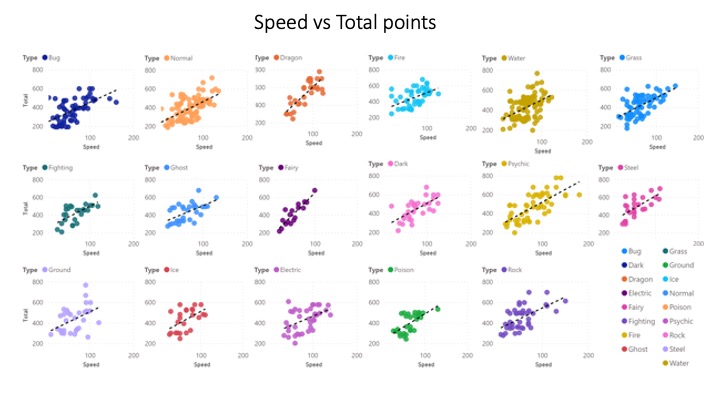What kept me curious this week?
- A simple hack to get rid of the fishy smell
- What will I have to do to restart my Pokémon journey
- What happens under the hood when you click a link?
Easy hack to remove the fishy smell from a fish
One of the biggest hurdles in being a pescatarian is the fishy smell the whole house would have after you cook. But, I recently discovered an easy hack that will allow you to cook fish without having the odd smell lingering around.
And the ingredient to use is milk.
The fishy smell is because of trimethylamine (TMA). TMA is nothing but the protein bonds breaking up. When you soak the fish in milk, the casein found in milk combines with TMA. And later when you get rid of the casein combined TMA, you get rid of the fishy smell as well.
Pokémons
When I was in school, I was crazy about Pokémons. Like clockwork, I would turn on Cartoon Network sharp at 5:00 pm and watch the day’s episode. On top of this, I collected tazoos and pictures of pokémons and spent my weekends sketching them.
My dedication has contributed and has allowed the franchise to reach an estimated brand value of $95 billion as of today. This whooping mammoth had humble beginnings in Japan. Pokemon’s founder, Satoji Tajiri, was fascinated by insects. As a kid, he used to catch bugs and trade them with his friends, and this idea heavily influenced him to build the game and the story.
Not to forget the 20-year overnight sensation – Pokemon Go, an Augmented Reality (AR) game that the world went crazy over. The game is still popular and rising.
Using a free pokémon dataset, I prepared a pokemon portfolio deck for you. Here is a teaser image for you.

If you also had a childhood with pokémons click the link the download below to relive those memories. Also, the document will help you in future investment decisions for pokémons. Have fun.
The OSI Model
The Open Systems Interconnection (OSI) model is a visual representation of what happens under the hood when we use the internet. From a power plug to your screen, data and signals pass through 7 layers. It is fascinating because many engineering marvels work seamlessly at lightning speeds.
Layer 7 – Application: This is the layer that we interact the most with. In the blog’s case, this layer is the browser (Chrome, Firefox, Safari, etc.) that you are using.
Layer 6 – Presentation: This layer ensures that the data is prepared and ready for either the application or the network layer. Every click is converted to 0s and 1s and then encrypted.
See a little lock symbol on the top of the browser? That is there because the presentation layer has done its job to encrypt the data – in simpler terms, you are safe from being hacked.
Layer 5 – Session: This layer allows your computer/phone to stay connected to the blog – thereby allowing you to do other tasks without having to worry about missing the blog. Unless you close the tab, the session layer will be on.
Layer 4 – Transport: The transport layer is like a local post office that sits in your house. It determines the quantity and the speed at which data must flow between the devices and the tasks it wants to perform. In this case, the transport layer determines the flow of data between your computer/laptop and my website.
Layer 3 – Network: The network layer’s most important aid in the router (the wifi boxes you have at home). Once you clicked the link for this blog, the router knew that it has to pull the blog from its source and direct it towards the transport layer.
Layer 2 – Data Link Layer: Sort of like how telephone operators connected the various switches in the early 1960s, this layer sets up links across the physical network. In the blog’s case, your phone, router, and my website server are connected because of this layer.
Layer 1 – Physical: All the physical items like wifi receivers, power cables, and the fibre cables that run under the sea fall under this layer. In fact, 95% of networking problems occur in this layer. That is why a simple turn off and turn on works most of the time.
Nice bits of information !!!